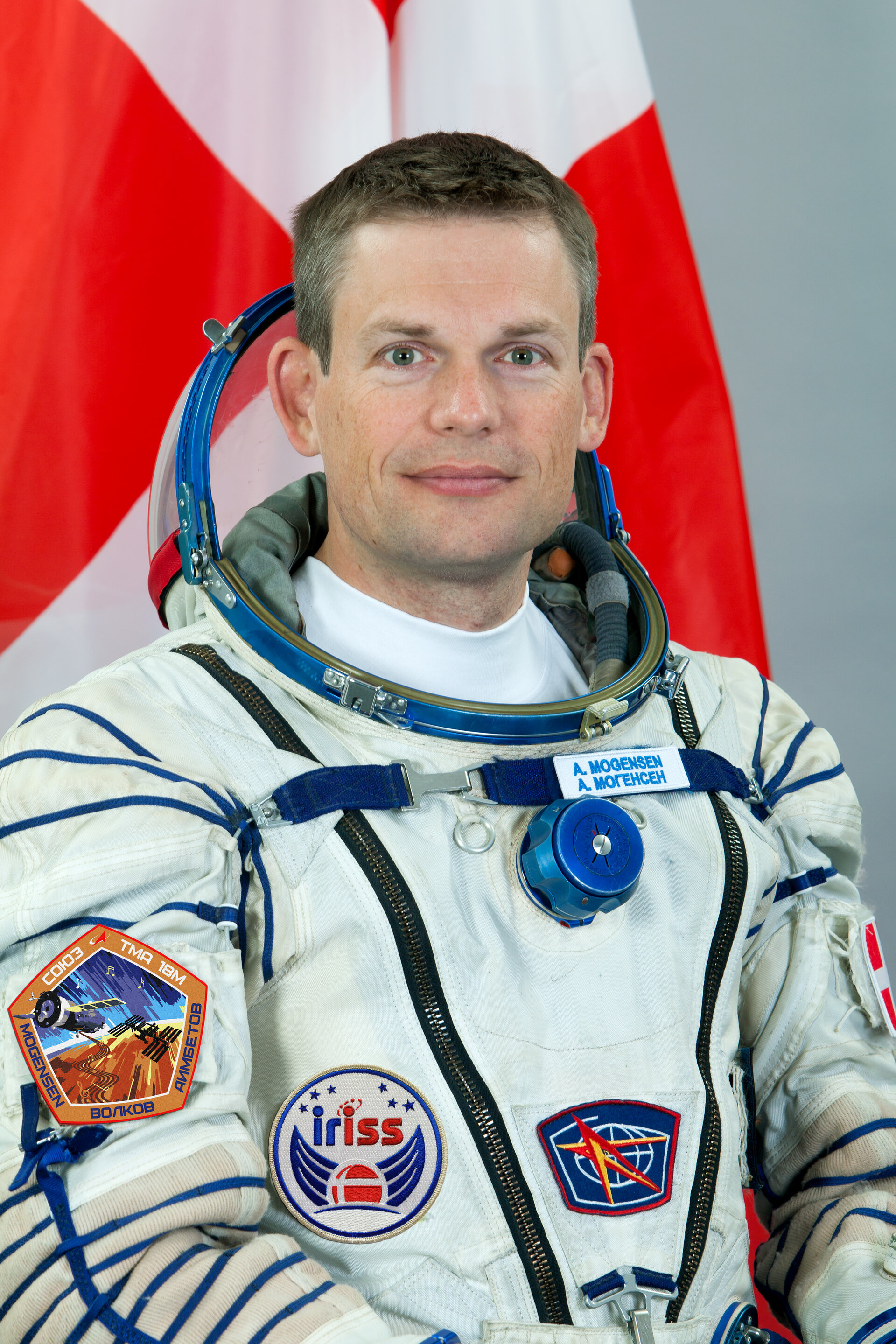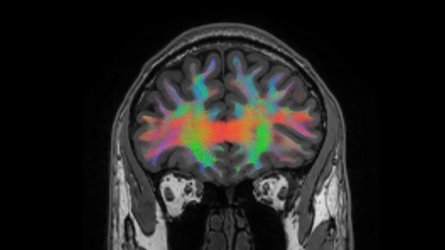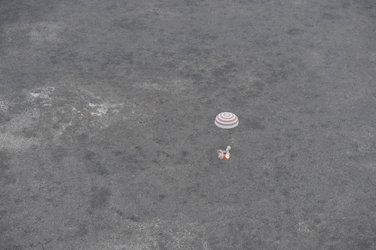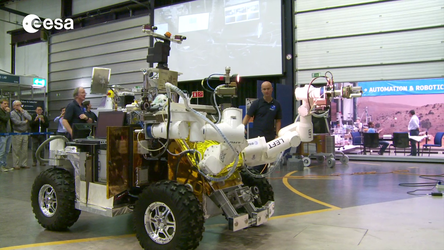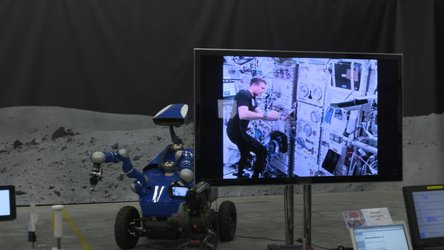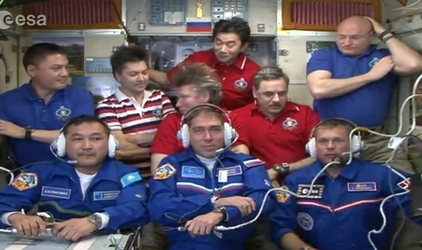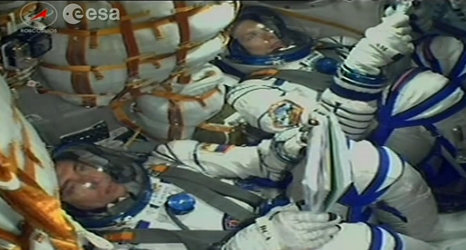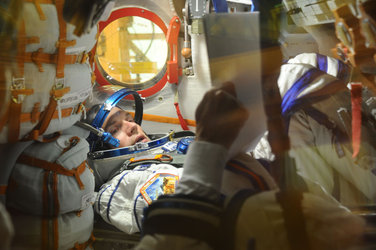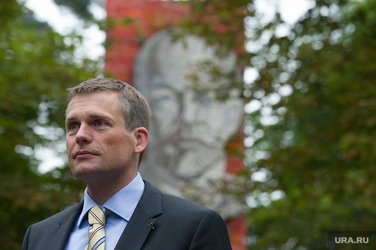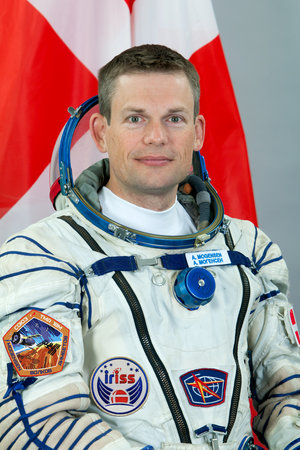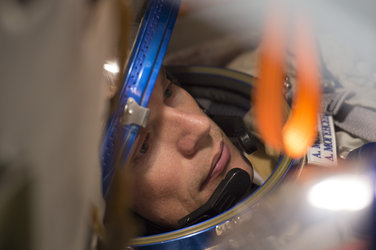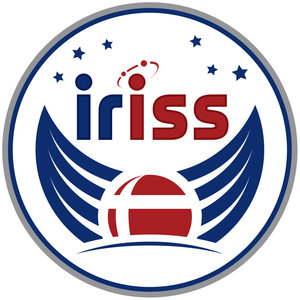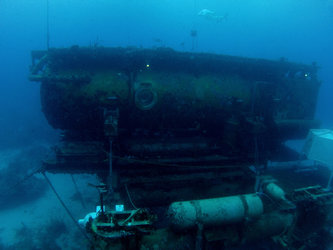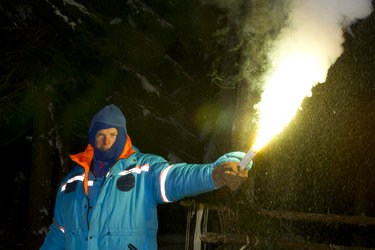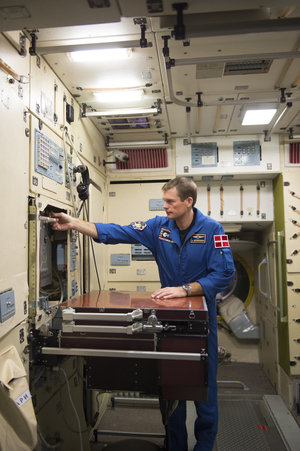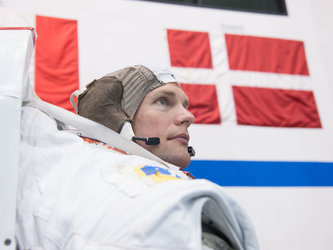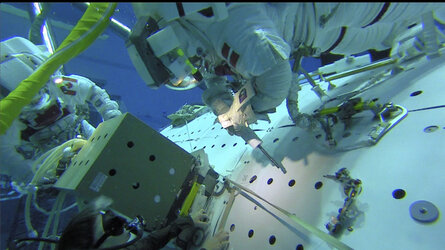Andreas Mogensen launch moved by a day
The next ESA astronaut to work on the International Space Station, Andreas Mogensen, will arrive a day later than previously planned because the Station’s orbit has been changed.
The Danish flight engineer, commander Sergei Volkov and Kazakh cosmonaut Aidyn Aimbetov will leave Earth from Baikonur, Kazakhstan, at 4:34 GMT (6:34 CEST, 10:34 local time) on 2 September and arrive at the Space Station just six hours later.
Andreas and Aidyn’s stay will be short – they will be back on terra firma just 10 days later. They will leave Sergei on the Station and return to Earth in a different Soyuz under commander Gennady Padalka, who is already in space.
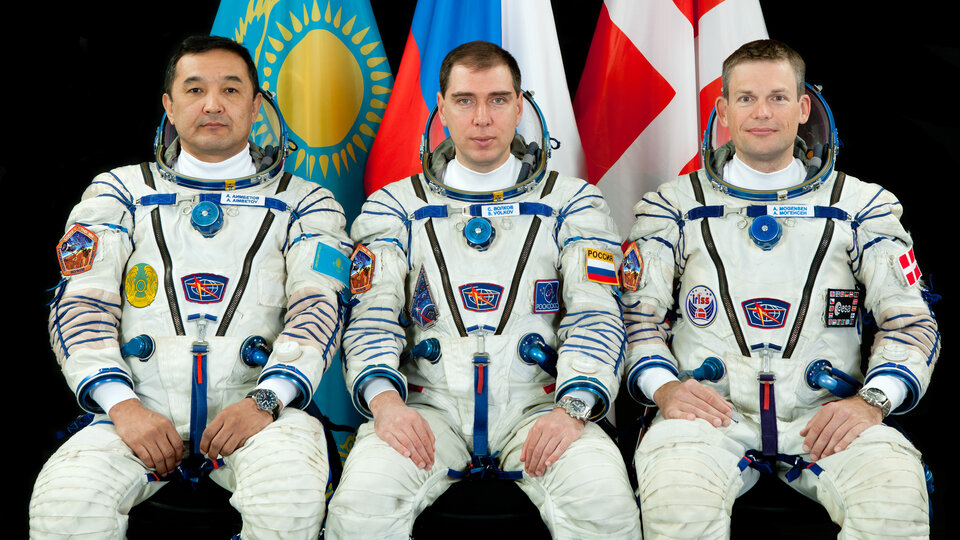
The one-day delay was necessary because the Station’s orbit was raised this month and their original launch date would no longer allow the Soyuz to reach the weightless research laboratory inside six hours.
This sprint for Andreas and Aidyn is part of a marathon mission for NASA astronaut Scott Kelly and cosmonaut Mikhail Korniyenko, who will stay in space for 11 months. The older Soyuz crew ferry is reaching the end of its six-month ‘space warranty’ and needs to be replaced by a new delivery courtesy of Sergei, Andreas and Aidyn.
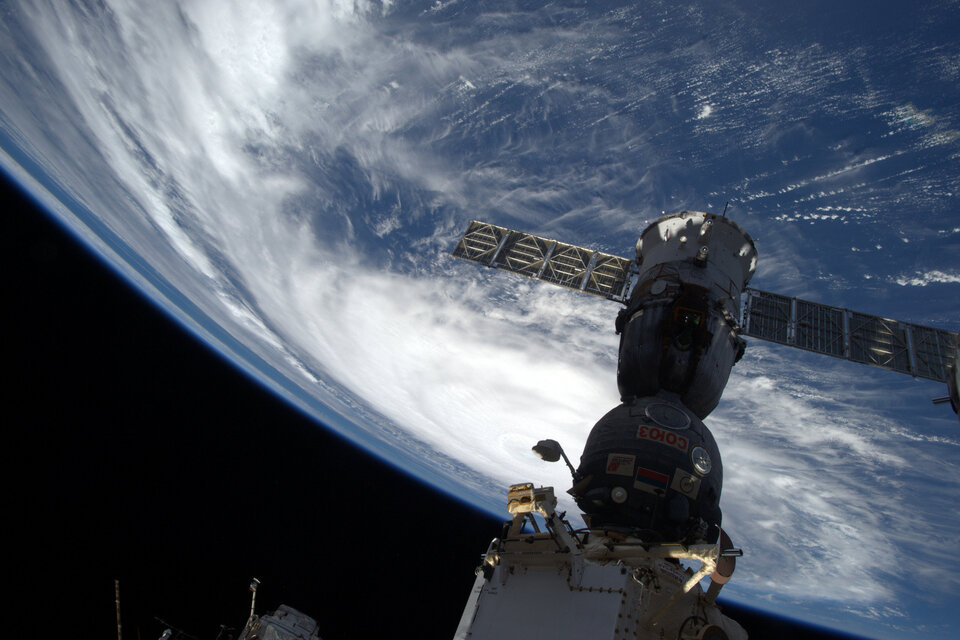
Andreas has an essential role in this spacecraft swap assisting both Soyuz commanders on each flight in his role as flight engineer, or second-in-command.
Intense sprint
During his mission, Andreas has more than 20 ESA experiments planned, focusing on new ways of operating and testing new technology.
Most missions allow astronauts a week to acclimatise to the sensation of weightlessness and their new home, but this is obviously not an option for Andreas so he has been doing full-day dress rehearsals on Earth with ground control to prepare, much like previous Space Shuttle missions.
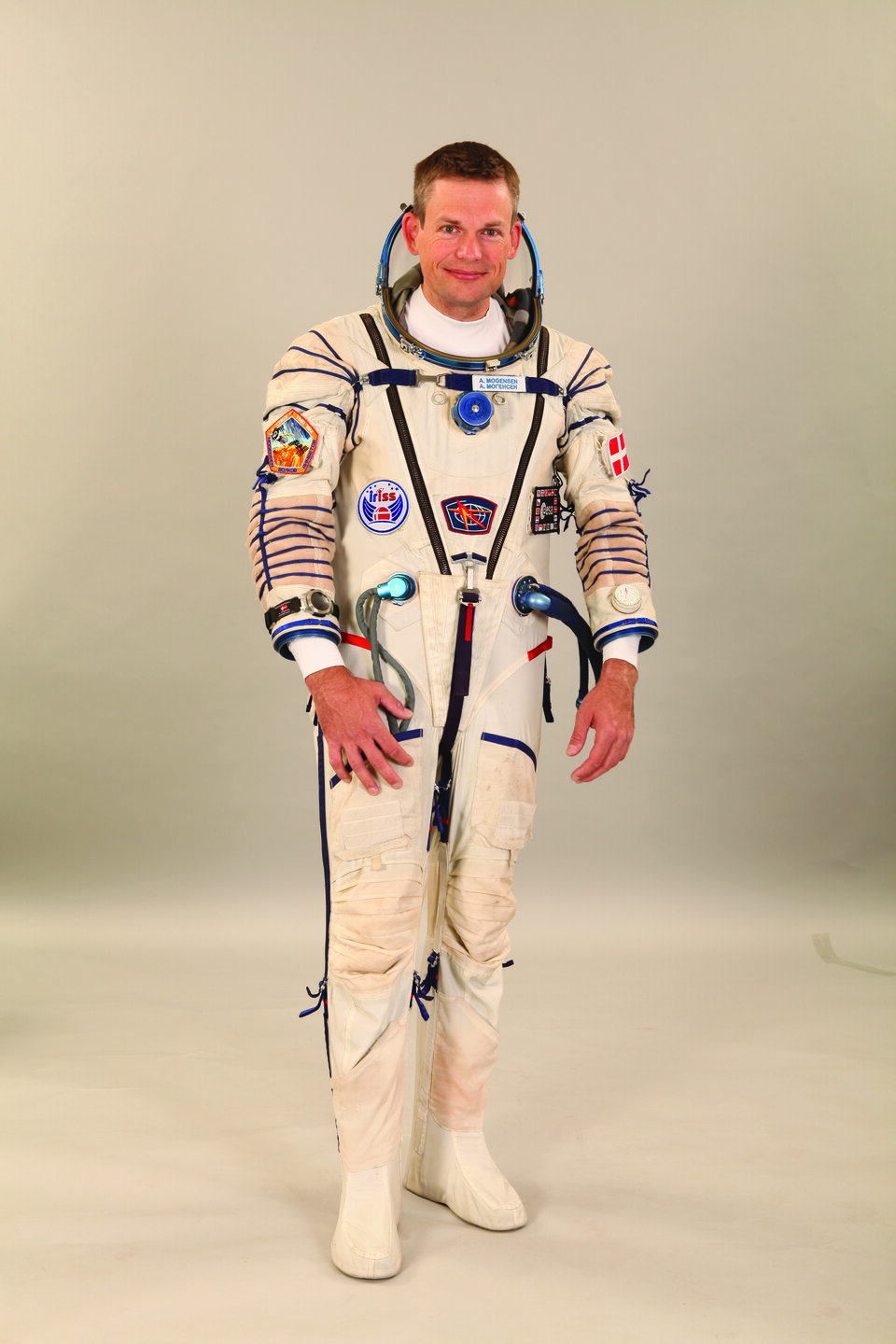
Aside from Station safety procedures, Andreas is exempt from the usual housekeeping tasks of astronauts in space. In addition, he will work an extra 90 minutes a day, in Europe’s Columbus space laboratory.
His iriss mission is being planned by ESA from the Columbus Control Centre in Oberpfaffenhofen, Germany. For 10 days they will employ extra specialists to prepare the next day’s activities while Andreas sleeps, following his work live and adapting to new situations as quickly as possible.
The iriss mission will see the first intensive use of a new communications radio link between the control centre and Columbus, allowing closer collaboration between the astronaut and the ground crew.















 Germany
Germany
 Austria
Austria
 Belgium
Belgium
 Denmark
Denmark
 Spain
Spain
 Estonia
Estonia
 Finland
Finland
 France
France
 Greece
Greece
 Hungary
Hungary
 Ireland
Ireland
 Italy
Italy
 Luxembourg
Luxembourg
 Norway
Norway
 The Netherlands
The Netherlands
 Poland
Poland
 Portugal
Portugal
 Czechia
Czechia
 Romania
Romania
 United Kingdom
United Kingdom
 Slovenia
Slovenia
 Sweden
Sweden
 Switzerland
Switzerland



























